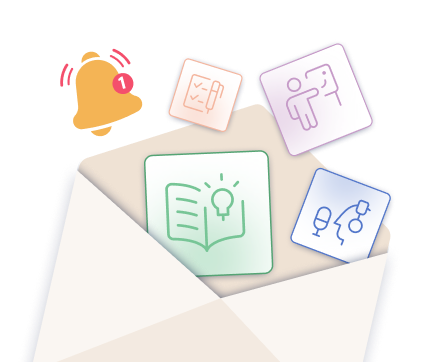What is Learning Accessibility?
Learning accessibility refers to the design and development of educational materials and platforms in a way that ensures they are fully accessible to all learners, regardless of their physical or cognitive abilities (WACG, 2023). It is about creating a learning experience that can be equally beneficial to everyone, including those with visual impairments, cognitive disabilities, or other challenges. Learning accessibility aims to break down barriers to learning and provide an inclusive environment for education.

What is Learning Accessibility in Healthcare?
In the context of the Australian healthcare system, learning accessibility is crucial. Healthcare professionals, whether in public or private hospitals, aged care facilities, or disability care settings, need access to educational resources that are tailored to their needs. This includes materials related to mental health, health services, and the National Disability Insurance Scheme (NDIS), Aged Care Quality Standards, and more. Learning accessibility in healthcare ensures that medical practitioners, nurses, and support staff can acquire essential knowledge and skills to provide high-quality care to patients with diverse needs.
What Are Best Practices for Learning Accessibility?
Best practices for learning accessibility involve adhering to web content accessibility guidelines (WCAG) and accessibility standards (WACG, 2023). Content should be designed and developed with features that accommodate learners with disabilities. This includes providing alternative text for images, ensuring compatibility with screen readers, and offering captions for videos. Additionally, content creators should consider the structure and organisation of materials to make them easy to navigate for all learners. Documenting and following a set of accessibility guidelines throughout the content development process is essential to ensuring inclusivity.
Types of Learning Accessibility
Learning accessibility encompasses various strategies and tools to ensure inclusivity:
- Text-to-speech tools for learners with visual impairments
- Assistive technologies like screen readers
- Accessible multimedia content with captions and transcripts
- Adaptive learning platforms that personalise the learning experience
These types of accessibility measures aim to cater to different learning needs and abilities, making education accessible to a wider audience.
The Importance of Learning Accessibility

Learning accessibility is of paramount importance in the modern educational landscape. It promotes inclusivity and diversity in education, reflecting the core values of equal opportunities for all. In the healthcare sector, accessible learning materials empower professionals to acquire the knowledge and skills needed to provide the best possible care to patients. It also aligns with the principles of the Australian healthcare system, which emphasises the provision of high-quality healthcare services to all citizens, including those with disabilities.
Benefits and Negatives of Learning Accessibility
Benefits of learning accessibility are substantial and include:
| Benefits | Challenges |
|---|---|
| Increased participation of people with disabilities in education | Additional resources, such as time and financial investments |
| Improved learning outcomes for all learners | May necessitate training and awareness programs for educators and content creators |
| Enhanced compliance with accessibility laws and reduced risk of discrimination | - |
| Greater reach and impact of educational content | - |
How to Begin Using Learning Accessibility
If you're keen to embrace learning accessibility, follow these steps:
- Educate your team on accessibility principles and guidelines
- Conduct accessibility audits of existing learning materials to identify areas for improvement
- Train content creators and educators on accessible design and content development
- Implement accessibility features in your learning courses, ensuring that they align with the needs of your target audience
Tools for Learning Accessibility
There are several tools available to create accessible learning materials (AVID Open Access, 2023), including:
- Screen readers like JAWS and NVDA
- Authoring tools with built-in accessibility features
- Accessibility plugins and extensions for content management systems
- Testing tools to evaluate compliance with WCAG and other accessibility standards
- Special text and font types (predictive, dyslexic and more) to support users
These tools are essential for ensuring that your learning materials meet accessibility requirements and can be effectively used by learners with disabilities .
Related Resources
- How to Create a Culture of Continuous Learning
- How Artificial Intelligence and Machine Learning Is Impacting Nursing
Conclusion
In conclusion, learning accessibility is not only a moral imperative but also a legal requirement in the modern educational landscape, especially in healthcare. Embracing best practices in accessibility benefits both learners and healthcare professionals, ultimately leading to improved healthcare services for all Australians. By understanding the importance, implementing accessibility measures, and using the right tools, we can create a more inclusive and equitable learning environment in the healthcare sector.
Need an LMS that supports learning accessibility?
Contact Ausmed today and see how we can support your organisation!
References
- Web Content Accessibility Guidelines (WCAG), 2023. Retrieved from https://www.w3.org/TR/WCAG21/
- AVID Open Access, 2023. 'Empower Students With Accessibility Tools'. Retrieved from https://avidopenaccess.org/



